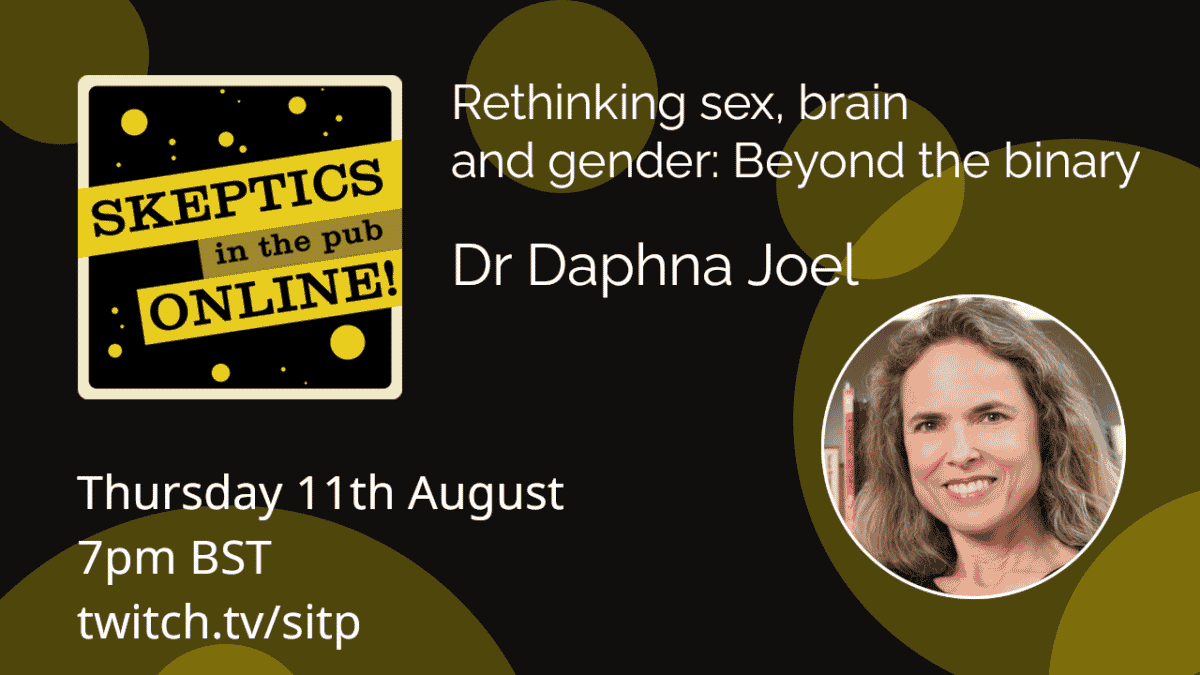Are the brains of women and men the same or different? Or maybe it’s the wrong question? Does the binary division extend beyond the genitalia into the human brain and mind? And why do we care? I devoted the past decade to answering these questions. With my lab members, we analyzed the structure of over 20,000 human brains, and the psychological characteristics of over 10,000 people. In this talk I’ll present the results of these analyzes and my conclusion – sex-related variables (e.g., hormones) affect brain structure and function, but these effects do not add-up consistently in individuals to create ‘male’ and ‘female’ brains or ‘natures’. Instead, each brain is comprised of a unique mosaic of both female-typical and male-typical features. Similarly, each individual possesses a unique mix of both feminine and masculine psychological traits. The brain and gender mosaic defies the mainstream binary understanding of gender and has practical implications for the way we understand ourselves and the world around us. I invite you to a fascinating look at the science of gender, sex and the brain, and how freeing ourselves from the gender binary can help us all reach our full human potential.
Daphna Joel is a professor of Neuroscience and Psychology, at the School of Psychological Sciences and the Sagol School of Neuroscience at Tel-Aviv University. She studies questions related to brain, sex and gender. In her research, Joel uses various analytical methods to analyze diverse datasets, from large collections of brain scans to information obtained with self-report questionnaires. In a series of papers, she has described and tested the ‘mosaic’ hypothesis. Other studies focused on the perception of gender identity and its relation to sexuality. Ongoing studies attempt to characterize the relations between sex and brain structure and function. She is also the author of Gender Mosaic: Beyond the Myth of the Male and Female Brain (2019, Little Brown, NY; Octopus, London).

